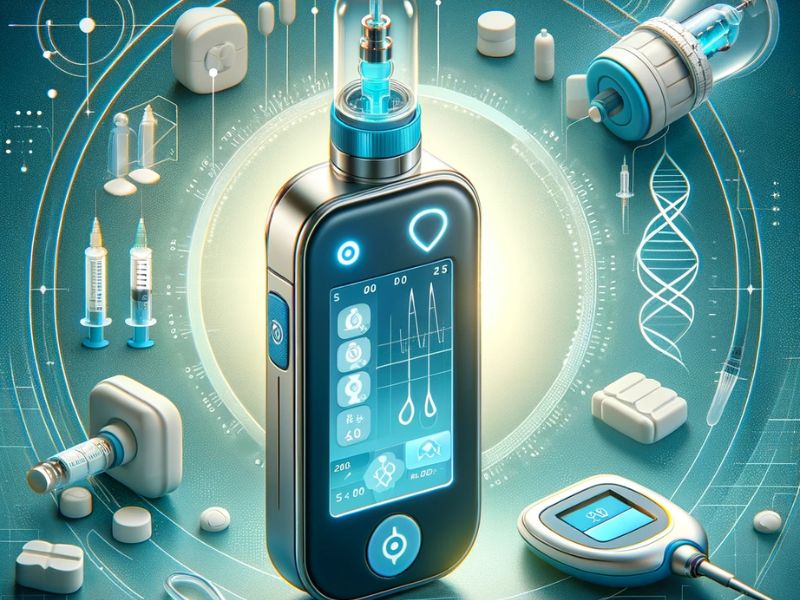
Insulin pumps: revolution in diabetes management
How Technology is Changing Diabetes Treatment
The Role of Insulin Pumps
Insulin pumps represent a significant breakthrough in the treatment of diabetes, offering more precise and flexible insulin delivery compared to traditional injections. These devices, through an internal motor and an infusion set, inject insulin from a cartridge directly into the subcutaneous tissue. The flexibility in adjusting basal infusion and delivering insulin boluses at meals allows for improved glycemic control, significantly reducing glycated hemoglobin levels and providing patients with greater daily freedom.
Integration with Monitoring Systems
The evolution of insulin pumps has seen their integration with advanced continuous glucose monitoring systems, providing information on the rate of glucose fluctuations and predictive alarms for hypoglycemia and hyperglycemia. This integration has enabled more precise glucose control throughout the day, allowing for timely therapeutic intervention and reducing the risk of extreme blood sugar variations.
Advantages and Limitations
Insulin pumps offer numerous advantages, such as increased autonomy and a reduction in apprehension about hypoglycemic episodes. However, there are some limitations, such as the risk of hyperglycemia or ketoacidosis due to malfunctions in early models. Modern devices have introduced significant improvements, including advanced alarm systems, but widespread use remains limited due to cost issues and the need for continuous healthcare facility support.
A Glimpse into the Future of New Technologies
Treatment with insulin pumps is on the rise and represents a significant step towards the concept of an artificial pancreas. With advanced semi-automatic mechanisms for suspending or reducing insulin delivery, these devices are getting closer to autonomous and personalized diabetes management, promising significant improvements in the quality of life for patients.


